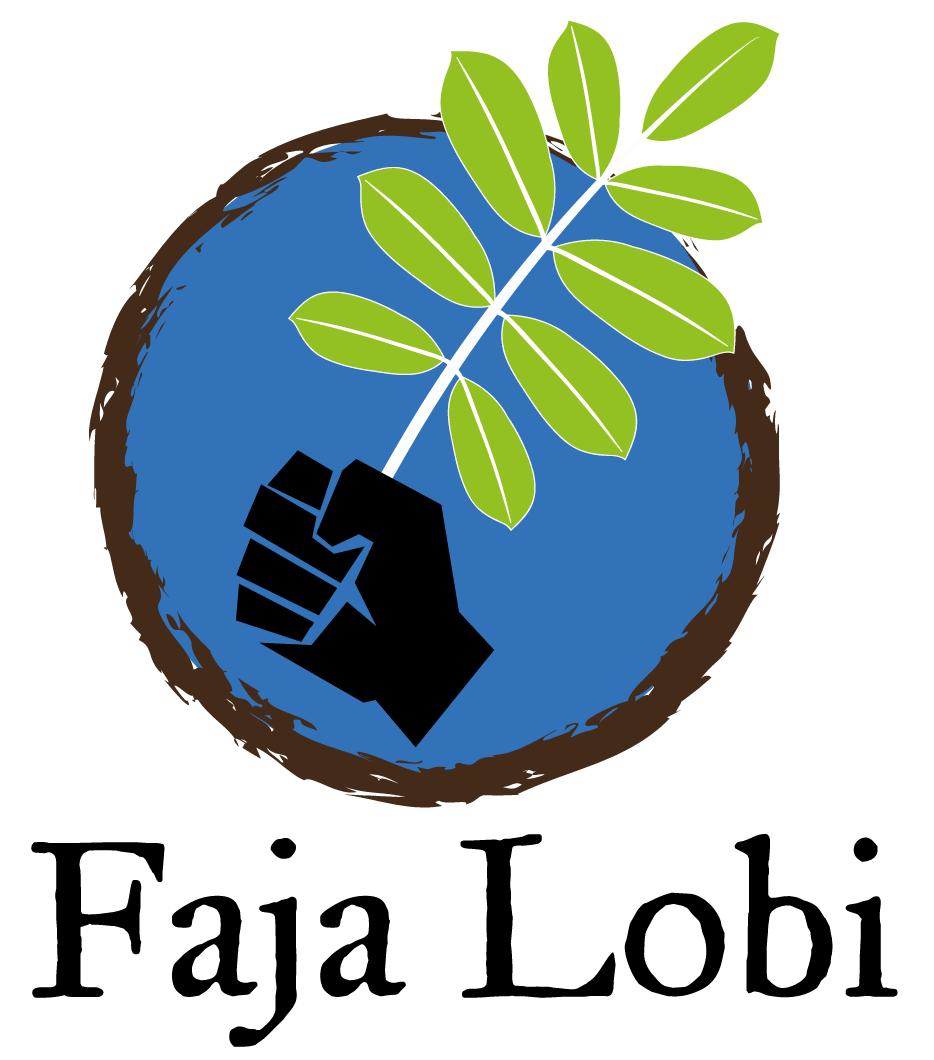Carbon credits offer businesses a way to offset their carbon emissions by supporting projects that reduce or remove greenhouse gases from the atmosphere. These credits help companies take responsibility for their carbon footprint, supporting initiatives like reforestation and renewable energy.
At our tree-planting organization Go Forest, we focus on carbon removal through Afforestation, Reforestation, and Revegetation (ARR). By planting trees to restore ecosystems and create new forests, we actively remove CO2 from the atmosphere. Our large-scale initiatives in the Global South not only tackle climate change but also bring vital social and economic benefits to local communities, improving livelihoods and providing job opportunities for a brighter, sustainable future.
At Go Forest, we first focused on non-certified projects, ensuring qualitative projects, where the right trees grow in the right regions with focus on impact on the field, rather than completing the full certification process. Since our projects have further matured, as did we, we decided to create carbon credits for our projects, as credits cannot only further enhance quality of our project but also amplify our impact. At the same time, we want to stay close to our core business – planting trees with impact in a transparent way. Through this approach of carbon credits, we are confident that we can combine both.
The unique pre-financing approach
At our company, we offer a unique pre-financing model where you don’t just buy carbon credits – you actively finance your own forests that will generate carbon credits for at least 20 years. Unlike traditional carbon credit purchases, our approach is based on a carefully designed plan that helps you achieve your net-zero goals through planting vast areas of forest. By participating in this model, you secure your future carbon offset strategy today while taking tangible steps toward a sustainable tomorrow.
The key difference is that this is not just a transactional purchase. We empower you to play a role in the entire process by financing reforestation projects that will generate carbon credits over a minimum of two decades. This long-term commitment ensures that the credits you receive are directly tied to the positive environmental impact of your investment, providing you with full traceability and transparency.
As the world moves toward stricter climate regulations and increasing demand for carbon credits, the price of these credits is expected to rise in the coming years. By acting now and investing in our pre-financed carbon credits model, you lock in future credits at today’s prices, ensuring cost-effectiveness and giving your company a competitive edge in meeting carbon offset requirements.
Photos taken in Majunga, Madagascar (2023-2024).
Photos taken during a Go Forest project visit in Idiofa, D.R. Congo in September 2024.
Our first certified reforestation projects focus on areas in DR Congo and Madagascar, where deforestation, poverty, and the impacts of climate change are pressing concerns. By financing these projects, you are not only contributing to global carbon offsetting but also helping to improve the lives of local communities in need.
With your investment, we’ll plant hectares of trees, and starting from the third-year post-planting, we’ll conduct independent third-party audits to verify the carbon sequestration and certify the carbon credits your forests generate. When your credit generation exceeds your own offset needs, we’ll offer the remaining credits to other companies, allowing you to benefit from your investment even further.
If you’re ready to act today and secure your carbon offsetting strategy for the next 20-30 years, we invite you to learn more about our model and become part of our mission to create a greener, healthier planet for generations to come.
Photos taken during a Go Forest project visit in Idiofa, D.R. Congo in September 2024.
Off-take carbon credits
We now offer off-take carbon credits as a flexible way to support verified climate action. These credits are certified under Gold Standard, Plan Vivo or Verra.
Every credit contributes not only to emission reductions but also to positive socio-economic impacts in local communities.
Off-take credits complement our pre-finance options, providing flexible possibilites to suit your needs.
Get in touch to explore available projects and choose the off-take credits that align with your impact goals.

Idiofa, The D.R. Congo
Restore 100,000 hectares of forests on degraded soils near the savannah highlands of Idiofa. Reforestration of these areas prevents further desertification of the region.

Ma Honkô, Madagascar
Restore 40,000 hectares of mangroves in 3 regions of Madagascar and develop income-generating activities for local communities, based on the sustainable exploitation of natural resources. With 20% of Africa’s mangroves and 2% of the world’s mangroves located in Madagascar, the island holds critical importance in the global climate fight.
Why choose carbon credits from Madagascar?
Act as natural barriers against coastal erosion
Store large amounts of carbon, playing a key role in climate regulation
Support livelihoods tied to fishing, agriculture, tourism, and traditional crafts

Interested in learning more
about our approach?
Tell us more about your offsetting needs, and we’ll be happy to create a tailored proposal for you.
Fill out the form or book a meeting here.
We respect your privacy. Your data is saved so that we can track your request. You can find more information about what we do with your data in our Privacy Policy.
FAQs
Our tree-planting initiatives are typically priced on a per-tree basis, offering a simple and transparent pricing model. For the co-development of carbon credits, we adopt a similar approach, but due to the scale of the project, the initial development is calculated on a per-hectare basis. Following the initial development phase, a recurring cost for ongoing maintenance, monitoring, audits, and certification is included.
We are happy to provide customized proposals for your business, tailored to the specific emissions you aim to offset over the coming years. This allows us to align our services with your company’s sustainability goals and offer the most cost-effective solutions for your carbon offset needs.
Since we strive to create both environmental and social impact, we are initially focusing on projects in the Global South—where communities are heavily affected by climate change and where we can make a large-scale difference. In Europe, the European Carbon Removal Framework is still in development and is expected to gain more relevance in the coming years. As legislation evolves, we will certainly take Europe into account as well.
For our European projects, we are planning to introduce a third-party audit for our forests and will launch our own certification label in Q2. This label will ensure that the survival rate of trees is monitored in the years following planting. We are more than open to discussions on this already.
Carbon credits can play a role in carbon accounting, but they cannot be used to directly offset emissions in CSRD (Corporate Sustainability Reporting Directive) compliance.
- CSRD & GHG Protocol: Companies must transparently report their Scope 1, 2, and 3 emissions and focus on reduction first. Carbon credits cannot be deducted from reported emissions.
- Use for Beyond Value Chain Mitigation (BVCM): Companies can purchase credits to contribute to climate action beyond their value chain, supporting net-zero ambitions. However, these must be reported separately from emissions reduction efforts.
Just as with our regular initiatives, our impact dashboards will continuously update you on the progress we’re making on the field. Through the publicly available dashboards, we won’t only keep you but also your stakeholders updated. After each certification period, a full audit report is shared.
We deliberately chose to launch this initiative in DR Congo and Madagascar, two regions facing pressing environmental and social challenges. This decision was made in close collaboration with our field partners Faja Lobi and Bôndy, local project developers who bring essential expertise and deep-rooted knowledge of the area. Their involvement ensures that our projects are not only highly qualitative and professional but also impactful and scalable.
In both the Democratic Republic of Congo and Madagascar, we have dedicated areas for certified and non-certified projects. The main difference between these two lies in the number of audits, controls, and studies conducted on the tree planting initiative. For non-certified projects, carbon sequestration calculations are based on average values, while maintenance and monitoring activities are carried out by the local partner and Go Forest.
For certified projects, a feasibility study is first conducted, followed by the establishment of a baseline. After planting, continuous monitoring and measurement are carried out according to rigorous international standards to accurately map the CO2 captured in biomass, with the involvement of experts and third-party validation.
In both cases, we use the Gold Standard for the development of our carbon credits. We have chosen this standard due to its high level of transparency, stringent requirements, and the recognized positive impact it delivers in terms of environmental and social development. The Gold Standard ensures that our projects contribute to sustainable development by not only reducing carbon emissions but also offering positive benefits for local communities and biodiversity. This makes it a reliable choice for certification and guarantees the long-term effectiveness of our initiatives.
Blue carbon credits are carbon credits generated from the protection, restoration, or sustainable management of coastal and marine ecosystems, such as mangroves, seagrasses, and salt marshes. These ecosystems are highly efficient at sequestering carbon, playing a crucial role in mitigating climate change. Blue carbon credits are important because they help reduce greenhouse gas emissions while preserving vital ecosystems that provide a range of benefits, including biodiversity conservation, coastal protection, and supporting local communities.
In Madagascar, we are developing blue carbon credits in collaboration with our field partner Bôndy, focusing on the restoration and protection of coastal ecosystems to ensure long-term climate resilience and sustainable community development.
More questions? Let’s get in touch!
